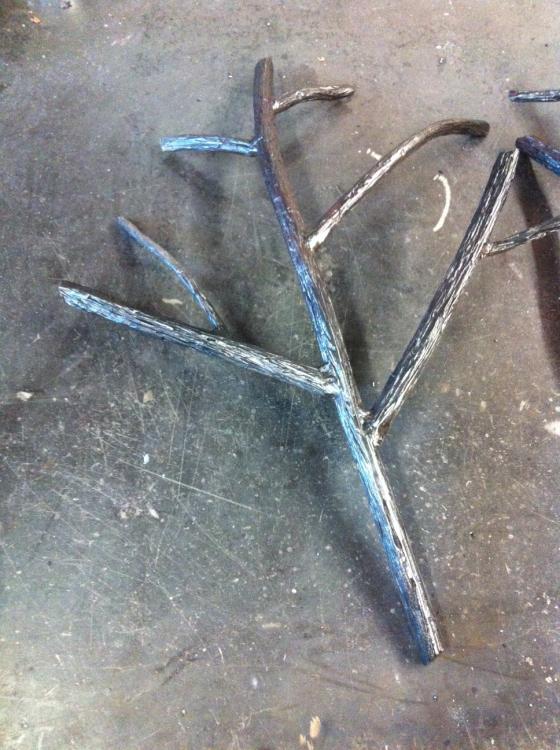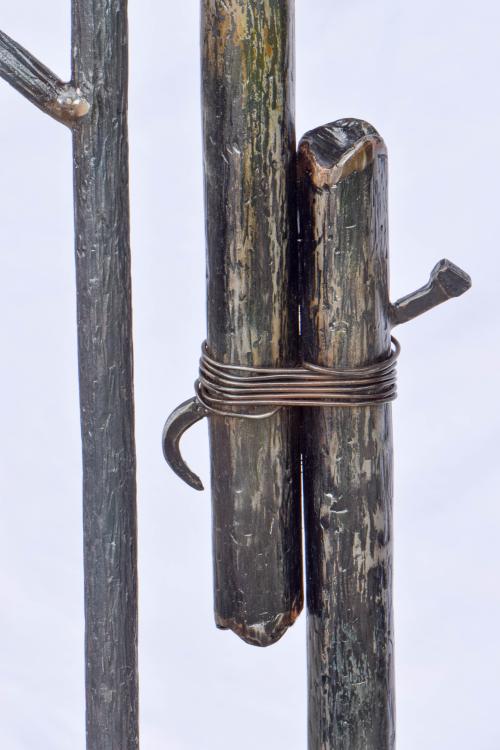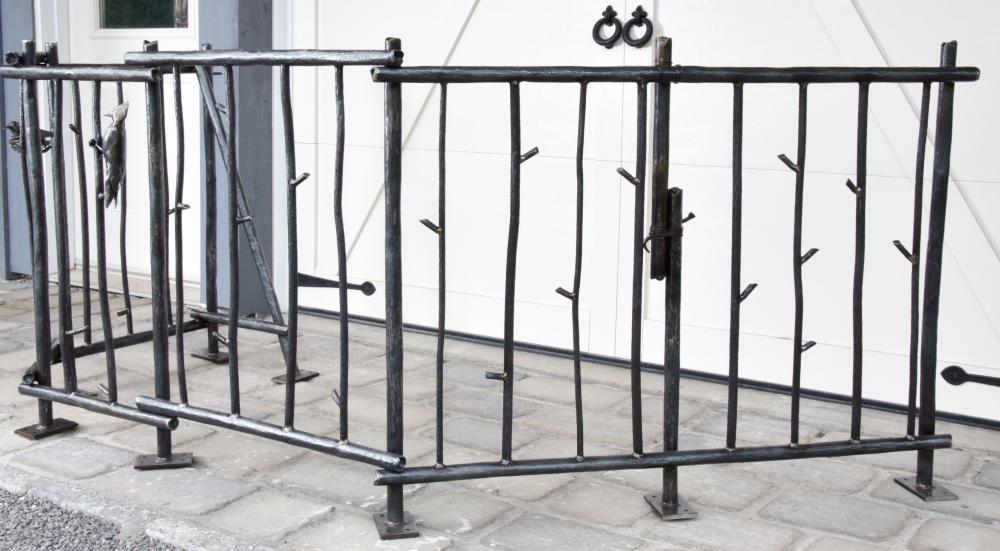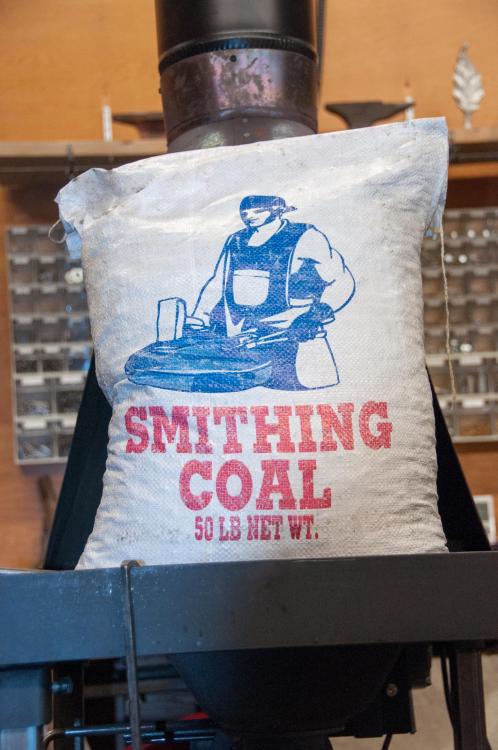
AlmonteIron
Members-
Posts
28 -
Joined
-
Last visited
Profile Information
-
Location
Ontario, Canada.
Recent Profile Visitors
The recent visitors block is disabled and is not being shown to other users.
-
Clear powder coating does it last????
AlmonteIron replied to Bmallen77's topic in Finishes for Metal
I did a bench for outdoors with clear powder coating. Didn't get it sand blasted. It lasted just over a year and then began to fail miserably. When I first noticed the problems, I tried to touch up the spots but that didn't last. I ended up pulling the bench piece, had it sand blasted to remove the clear, then when with a zinc primer and top coat (all powder coat process once again). It wasn't a case of nicks. I believe there are two problems with going with just a clear: (1) we don't want to sand blast (to preserve the natural look) so there is way less tooth for the paint to grab and there is scale still on the piece, (2) doesn't seem UV stable. All my (significant) outdoor pieces get powder coated but I won't try using clear every again. -
Thanks HW. That's a nice approach.
-
Can you please explain this a bit further?
-
Texture dies for Big Blu power hammer
AlmonteIron replied to AlmonteIron's topic in Power Hammers, Treadle Hammers, Olivers
So here is what i ended up making. The end texture result was exactly what I was looking for. Some branches that I made as well as a railing that was textured using these dies. The dies were make out of 3/8" S7. I made saddles for my large square Big Blu dies. The bottom die just sits over the sqr die. The upper die is secured with bolts that compression hold the die. I welded the S7 bars together, forged flat(ish), then added the groves with a veining chisel under the fly press. Then I welded the S7 to the saddle frame that sits over the Blu sqr dies. Randy -
So do you drill & tap and fasten with bolts from the underside? I'm in Ontario, Canada. My local building code doesn't seem to specify a requirement that I can see. I've done before at this width of handrail and had no issue with the building inspectors. What is the width you need in the states? Thanks very much Arftist for your post. I do think that will work nicely. Randy
-
Hey folks, I have a commission for a long curved staircase railing. This means multiple sections and joined together on site. I don't want to have to weld together so I'm looking for a clever way to join the sections that results in a clean and elegant and reasonably seamless connection between the sections. What have you guys done to solve this? Ideally, would like to make the top handrail out of cold-textured (under power hammer) 1" round solid bar. What have you guys found works well for joining long sections of railings and handrail? Thanks, Randy One post, in one location is plenty , your other post has been removed.
-
Texture dies for Big Blu power hammer
AlmonteIron replied to AlmonteIron's topic in Power Hammers, Treadle Hammers, Olivers
Thanks Jim. I'll take a look at those dies. -
Hey folks, My standard smithing coal is pocahontas #3. 50lb bag with the blacksmith at anvil graphics (see pic). The writing on my old bags is red. It was great stuff to work with. I received a new skid and the bags have the same picture but with green writing instead of red. I used a bag today and it seems to smoke more when coking up, seems more greasy in the bag, chunks are more porous and also has a nasty, gooey tar-like gunk when coking up. The coke itself seems lighter than the coke from the other bags. Does anyone know the difference between the two bag styles and what the heck I'm working with? Thanks, Randy
-
How hot is your coal forge chimney exhaust gas?
AlmonteIron replied to AlmonteIron's topic in Chimneys, Hoods, and Stacks
That is a very interesting approach to side wall exhaust. Thanks for the link. Thanks also to the others who chimed in. If anybody else has a side wall exhaust, I would appreciate hearing from you to see how well it works. Thanks -
How hot is your coal forge chimney exhaust gas?
AlmonteIron replied to AlmonteIron's topic in Chimneys, Hoods, and Stacks
Eric - thanks for your thoughts on temp. Bringing in some cool air may be a good option. Arkie - I would be able to do that but I still would have 180 deg of bending to deal with: 90 deg inside and 90 deg outside to rise the chimney. Do you think the 45 deg approach would still yield an adequate draw? -
I need to build a chimney for my new coal forge. Because of the joist spacing and foam insulation in my ceiling, I can't go straight up with my chimney and instead, I would have to go up about 8 feet, then turn 90 deg and head out the wall after about 6 feet of horizontal run. I have read that such a bend would cause poor draft performance. At some of the schools I have attended, they use a mega ventilator (1000's of cfm) mounted inside the pipe just outside the building. All the forges are ganged together and exhaust via this ventilator. I have found these ventilators on Grainger with a CFM range of 750-1400. The concern I have is the max operating temp of these ventilators which is 300 deg F. So, my question is: -what temp is the typical coal forge chimney exhaust gas. Is 300 deg F a sufficient spec for a ventilator? I realize that the forge itself is well above this temp, but with the mixing of ambient air with the heat of the forge, just what is the temp of the mixture as it exits the building? Thanks for your help.
-
eastern ontario blacksmiths
AlmonteIron replied to Che Guevara's topic in Ontario Artisan Blacksmiths Association (OABA)
I would be interested in some local organization & events. Local to me means Ottawa <> kingston.



